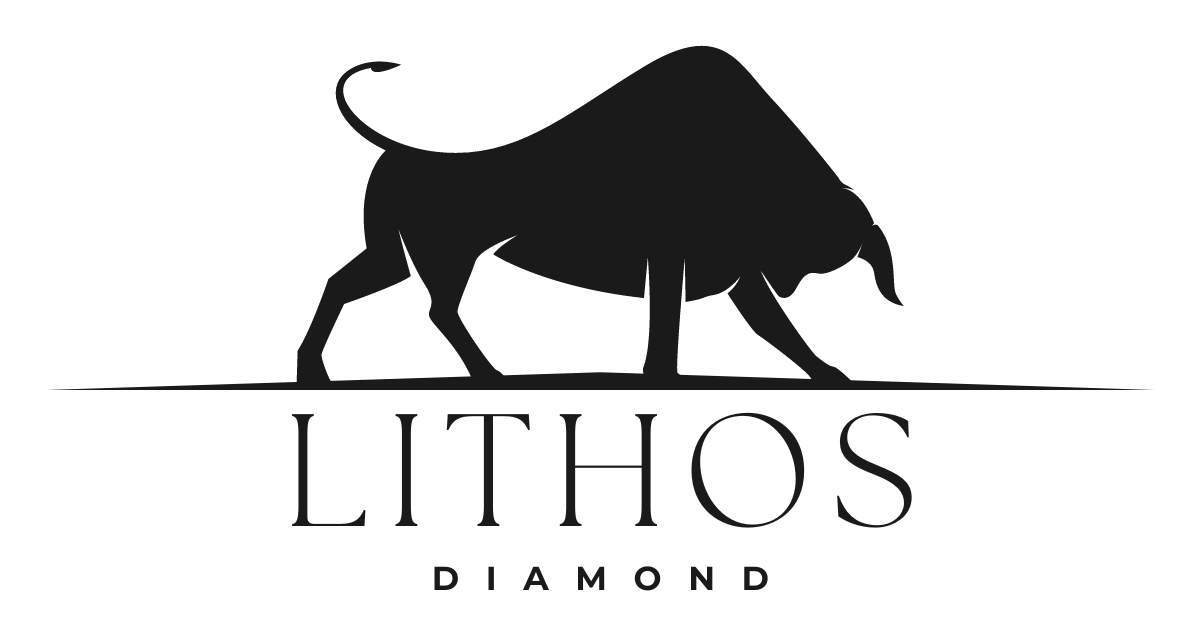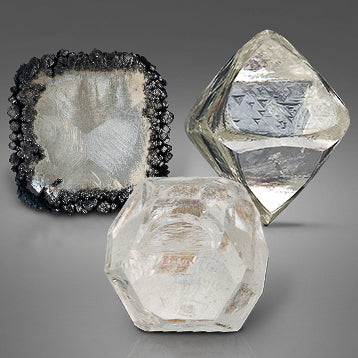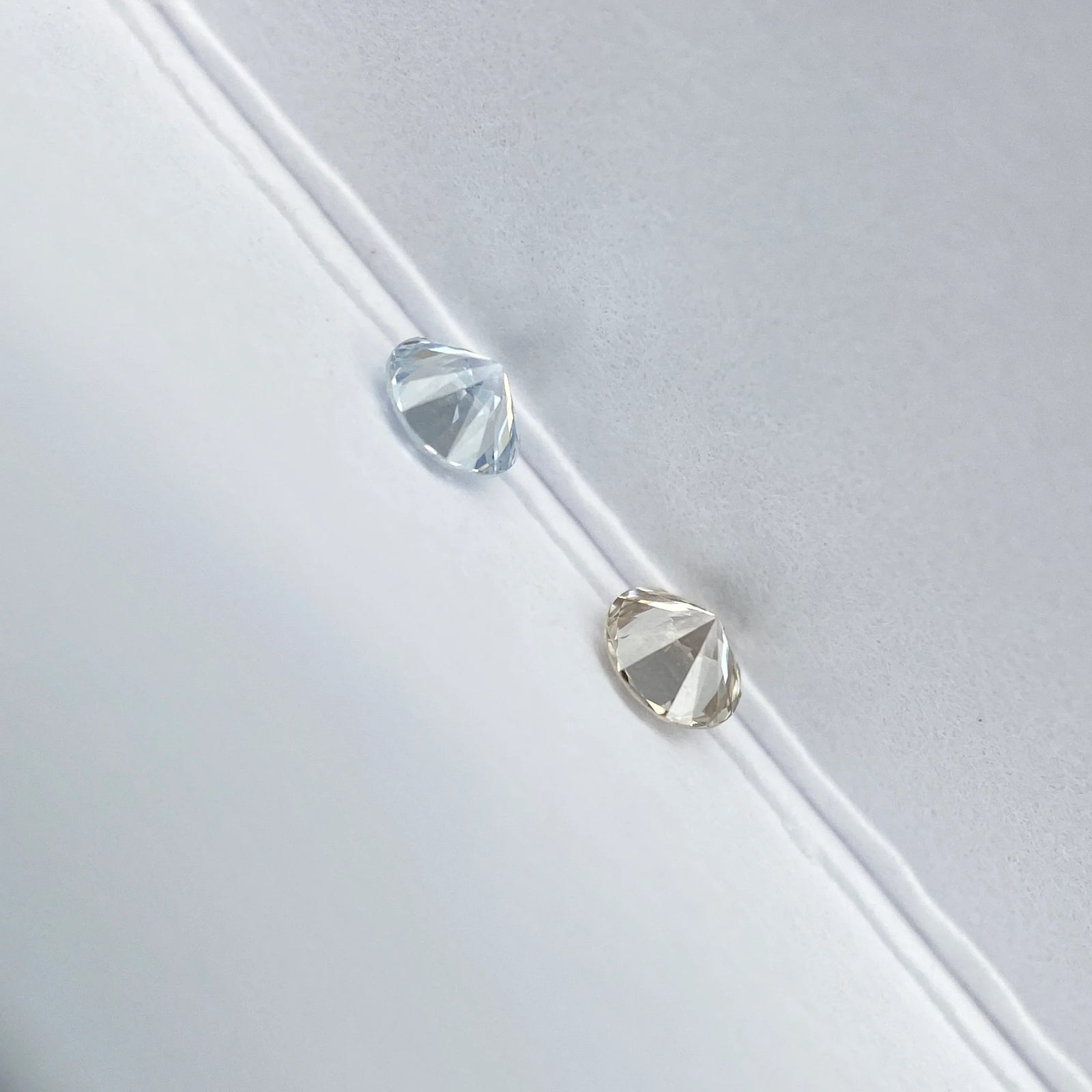Lab diamonds, also known as synthetic diamonds or cultured diamonds, are becoming an increasingly popular choice for those in the market for a diamond. Not only are they less expensive than naturally occurring diamonds, but they are also more environmentally friendly as they are created in a laboratory setting using technology rather than mined from the earth. But how exactly are lab diamonds made? In this blog post, we'll take a closer look at the process.
The process of creating lab diamonds involves replicating the conditions under which natural diamonds are formed. Natural diamonds are created deep within the earth's mantle, where high pressure and temperature cause carbon atoms to crystallize over millions of years. In a laboratory setting, this process is replicated using one of two methods: High Pressure High Temperature (HPHT) or Chemical Vapor Deposition (CVD).

HPHT diamond machines
HPHT is the older of the two methods and has been used since the 1950s. In this process, a small diamond seed is placed in a machine that simulates the high pressure and temperature conditions found deep within the earth's mantle. The machine applies pressure of up to 60,000 atmospheres and temperatures of around 1,500 degrees Celsius. A mixture of carbon and other trace elements is then added to the machine, which crystallizes around the diamond seed, growing it layer by layer until a fully formed diamond is created.

CVD Diamond machine
CVD, on the other hand, is a newer and more sophisticated method. In this process, a diamond seed is placed in a vacuum chamber along with a mixture of gases, usually hydrogen and methane. An energy source such as microwaves or lasers is then used to ionize the gases, causing them to break down into their component atoms. These atoms then settle on the diamond seed, growing it layer by layer until a fully formed diamond is created.

Both methods produce high-quality diamonds that are virtually identical to natural diamonds in terms of their physical and chemical properties. However, the CVD process is generally considered to be more efficient, as it can produce larger diamonds in a shorter amount of time.
Once the diamond is created, it is cut and polished in the same way as a natural diamond, resulting in a finished product that is virtually indistinguishable from a natural diamond to the naked eye. In fact, even gemologists require specialized equipment to differentiate between a lab-grown diamond and a natural diamond.
In conclusion, lab diamonds are made using advanced technology that replicates the conditions under which natural diamonds are formed. While there are two methods for creating lab diamonds, both produce high-quality diamonds that are virtually identical to natural diamonds. As technology continues to advance, it is likely that lab diamonds will become an increasingly popular choice for those in the market for a diamond.


